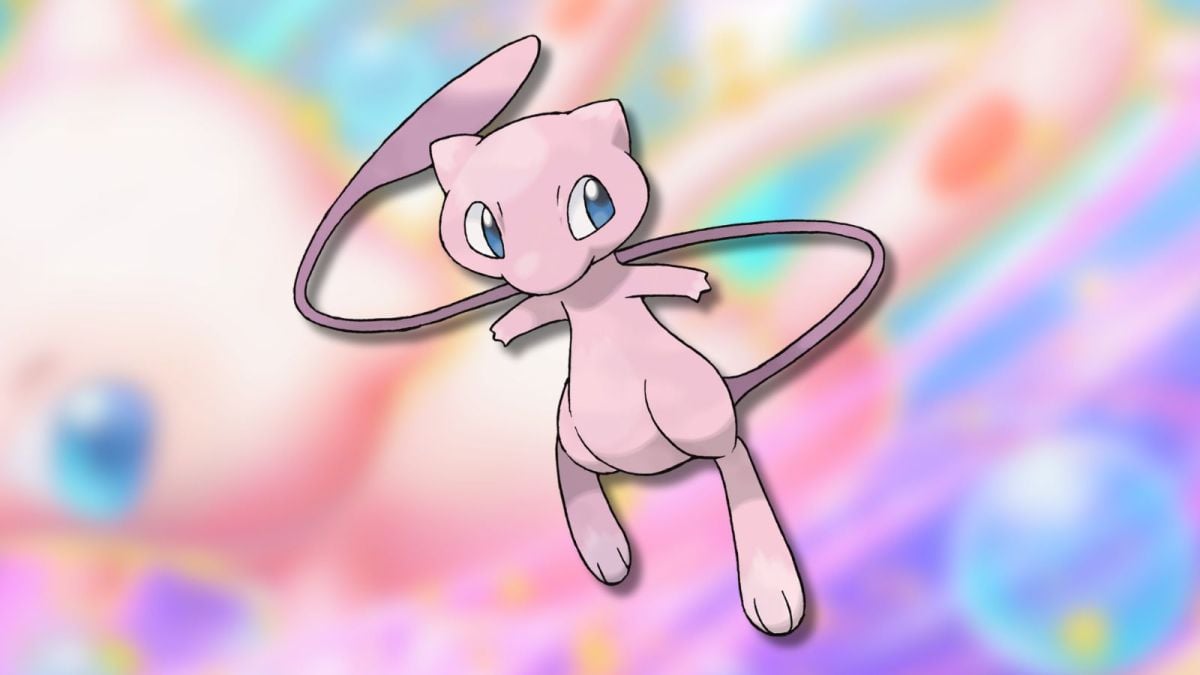To this day, I am thrilled by competitive Counter-Strike: Global Offensive. Beyond the suspension of disbelief that any good novel, film or game can afford the person experiencing it: Counter-Strike still has value. Yes, when playing you might actually feel as if you are engaged in a real firefight, but that isn’t why Counter-Strike is my passion.
Among the sheer thrill of the game, there is also a beauty to be had in experiencing it as a competitive team sport.
Sports are at their essence a simulation of life. The beauty of sport derives from its capacity to be taken in as art. If we are to accept my premise that art is, (this being a subject worthy of its own article) “that which inspires”, then any aspect which can promote inspiration in a living being can be defined as a piece of art.
This is a very general and yet relativistic overview of what is and is not art. And by this overview, I can say that I find most sports to be spontaneous art in motion. Within sports, there is strife, there is struggle and a story is told. If you follow the story-lines of any sport, you will find the blood, sweat, and tears; the concepts of aspirations, desire, effort, struggle, agony, defeat, reflection, reform, redemption, vindication and joy that comes with any good story.
Sport, is by that mark, a type of art and a vessel by which wonderful stories can be told. In the casual competitive format pitting terrorists against counter-terrorists, each team attempting to secure (with t teamwork and the physical skill of hand-eye coordination’s manipulation of a mouse) their objective 16 times, CS:GO offers a canvas for some pretty exciting story-lines. This is the artistic perspective towards a game which has now captivated millions to play it casually.
However, the competitive game of Counter-Strike: set to be presented today for the world at large in one of its biggest stages — ESL One Cologne — is another monster entirely. Hundreds of thousands of viewers spectate the game of Counter-Strike: Global Offensive while it is being played at its highest competitive level in moderately sized regional tournaments. On March 17th, over 1 million concurrent viewers watched Fnatic take this year’s ESL One title in Katowice over Ninjas in Pyjamas.
/http://static1.gamespot.com/uploads/original/1551/15516851/2842666-screen+shot+2015-04-07+at+7.21.53+pm.png)
They sat and watched, not just because these games will provide a story-line. Mind you, our spectators could have easily torrented a season of Days of Our Lives. One user commented that they called into work and would be taking today and tomorrow off so they can spectate Counter-Strike being played at one of its grandest stages. Counter-Strike mirrors competitive Tennis in its tournament format, with both minor tournaments littered around the globe interspersed throughout the year and a few major tournaments that really captivate mass audiences. As Tennis has the US Open, Roland Garros, Wimbledon and the Australian Open; Counter-Strike has EMS One Katowice in spring, ESL One Cologne in late summer and Dreamhack Winter (taking place in Jönköping, Sweden) in December. This season, Counter-Strike has also added a merger of the premier North American and European leagues, creating the ESL/ESEA Pro League Finals. The LAN Finals for these competitions have admirable resemblances to Futbol’s UEFA Championship League Finals in presentation, importance and competition. The viewers of Counter-Strike set aside these dates and give the game their undivided attention because it presents a story-line from an innately beautiful format. The format of Counter-Strike speaks to the heart of every human being with logic: that the decisions you make will take you where you want to be in life.
My greatest argument for Counter-Strike is that it is a microcosm of life: it all comes down to decision making, one group of human’s ability to make better decisions than another group of human’s ability to make decisions. It is a decision making simulator, and if the suspension of disbelief sets in enough you can actually feel like you’re being shot at. There is an intense emotional thrill to playing Counter-Strike. And the element of hand eye coordination, of your brain signaling your hand to move your mouse where you want your crosshair to go, gives it a physical element. Players have made careers and money based purely on their mastery of the physical element of the game alone. Reaction times and reflexes matter. So the competition — as much as hand eye coordination demands in baseball — is physically determinant.
But the confrontation is almost always online. Competitors play the sport over a game client, which has certain parameters and rules. They are able to connect to each other and interact with each other’s player models in a closed map, small enough to be trans-versed in less than a minute (one of seven in the competitive map pool) over the internet or Local Area Network (LAN). It’s a five versus five logical team sport played electronically. Think of it like chess (also played on an interface) with a little hand eye coordination and reaction time thrown in. First team to 16 rounds wins the game. There’s a terrorist side and a counter-terrorist side. The objective of the team of terrorists is to work together to plant a bomb that will explode after a 35 second timer at one of two sites (A or B). They have 1 minute and 45 seconds to plant the bomb. The objective of the team of counter-terrorists is to work together to defend the two bomb sites from a bomb being planted or defusing a bomb if it is planted. Each team starts from a certain point on a closed and well known map and timings determine logical interaction points between the teams and choke points for each team to hold or take over. Each team gets to play 15 rounds on one side, and then can play up to 15 rounds on the other side before going into overtime. Each team attempts to secure their objective through tactics and teamwork, and the game becomes a tactical dialogue while each team tries to counter the tactics of their opposition. Every tactic or advancement in the game can be countered, and every advancement has a logical indicator. At the highest levels of the game, it’s all about which group of humans can be the better decision makers.
Ultimately, Counter-Strike demonstrates itself to spectators as a logical game, which rewards the people who make the best decisions off of the information provided to them. The game provides participants with indications and they can logically deduce what will happen next, or what they should do. Watching a game of Counter-Strike immerses the spectator in many philosophical and artistic concepts, perhaps without them even knowing it. At a certain point in a round, Counter-Strike becomes a man’s struggle against temptation and their ability to succeed at risk-management. The participant must weigh the risks and rewards of their every move. But beyond that, there is also a social aspect. Good Counter-Strike, played at the highest level, is almost never individual and always demonstrates teamwork and man’s capacity to help and work with their fellow man.
Today, on this 20th of August, 2015, we the living will be blessed to witness Counter-Strike played at the highest level. Currently, the prize-pool for ESL One Cologne is $250,000 with $100,000 being awarded to the champion. When the game’s developer and caretaker, Valve, first announced their support of a major the prize pool was exactly the same it is now despite the game’s growth. I can only hope that this article will help Valve realize that the time has come to increase the prize pools for the majors, and perhaps add a fourth major. I long for a day where each major will award $1 million to the champion, and subsequently offer $500,000 to the runner up and a shared $500,000 to the other competitors. One day ESL One Cologne will truly mirror another much more storied “Major” competition in the sport of Tennis, Wimbledon, at least in prize pool. The significance of tournaments like Wimbledon is that every participant makes a decent sum from competing, thereby mitigating the costs of training, lodging and travel and allowing them to continue having the means to afford competing at the highest level possible. The figures below are in pound sterling and worth roughly 11/2 the dollar, but it demonstrates what true prize pool distribution looks like:
This video contains much of the same content and reasoning about why CS:GO is a beautiful game.
Source: http://www.wimbledon.com/pdf/Prize_Money_2014.pdf | Photo Credits: Celebrity & Corporate Artist Derek Russell, HLTV.org and Joshua “Steel” Nissan





Published: Aug 20, 2015 01:35 am